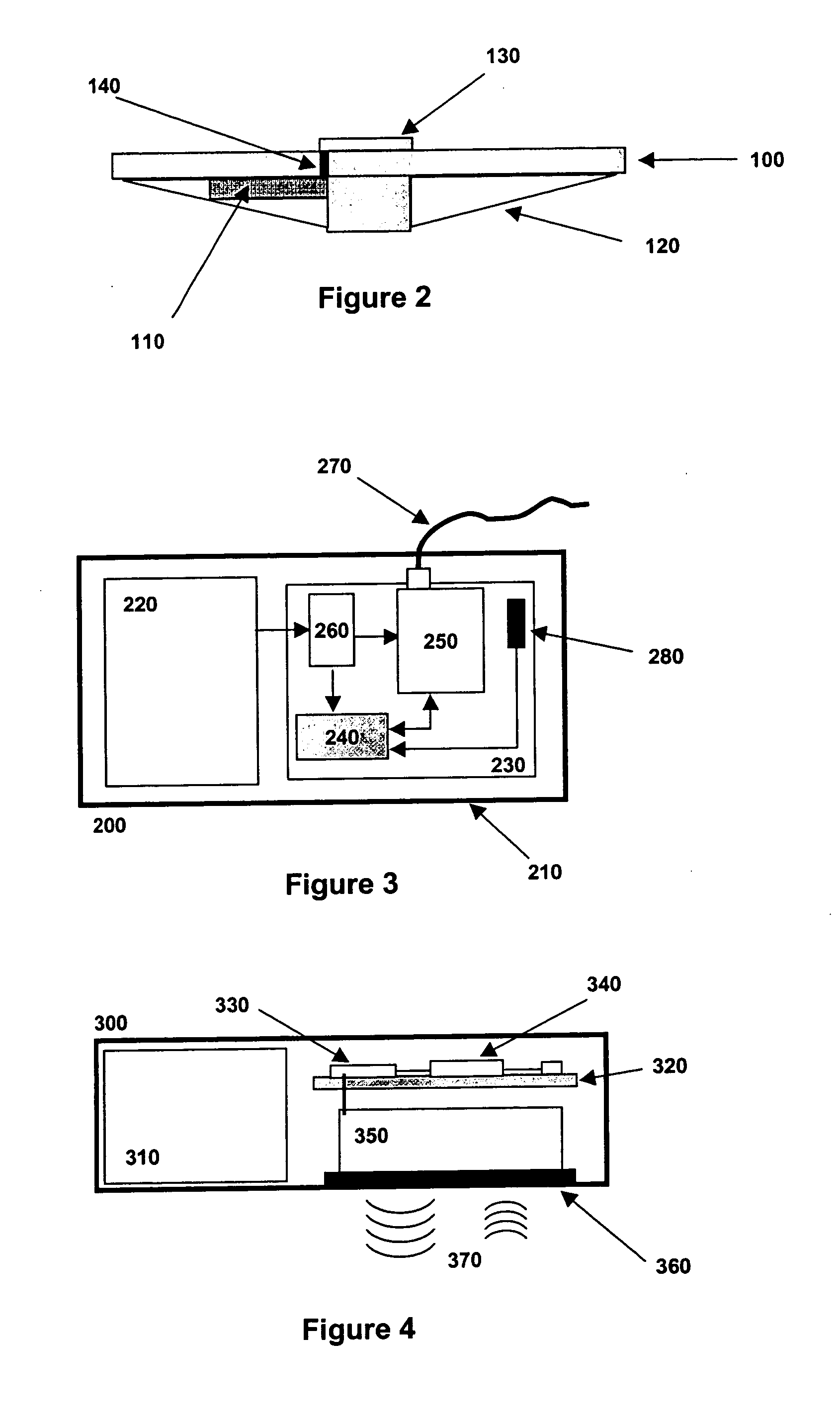Sanitation and waste water systems are becoming increasingly expensive to operate and face daunting environmental,
community and regulatory pressures.
Agencies and organizations that manage
sanitation systems face complex and costly problems.
Three of the main problems facing sanitation system operators are
sewage spills,
treatment failure, and illegal dumping.
The first two of these problems often result in uncontrolled spills of septic materials into the environment, causing environmental damage, health risks, and high cleanup and mitigation costs, while the third problem respectively generates a potential danger to treatment systems, the environment and uncontrolled liability for the sanitation operators.
Sewage spills are becoming more common and more costly for agencies and organizations that are responsible for handling
waste disposal and treatment.
Increased
population is putting severe strain on
sewage systems, systems are aging and becoming more susceptible to leaks and spills, and costs of spills which include clean-up, mitigation and fines by regulatory agencies are skyrocketing.
It is not uncommon for sanitation agencies to be fined millions of dollars for sewage spills, especially if they are large or reach receiving waters.
Sewage spills also create serious public relations problems for operating agencies, and it is not uncommon for sewage to back up into residences and commercial facilities, creating serious liabilities for the agencies and very costly and
time consuming clean-up.
Sewage spills are caused by many problems, but three primary causes are often cited:
grease buildup from illegal discharges by restaurants, other commercial businesses or residences that use fat, lard or
grease in food or industrial
processing; structural problems in sewage pipes caused by the intrusion of
plant roots or
pipe breakages that are often exacerbated by objects such as rags that are thrown into the sewer; and “infiltration and inflow”, overflows caused by leaks into the system that often occur during times of high rainfall or runoff.
Sewage spills often begin, then, with sewage pipes that are either blocked or are at capacity and overflowing due to high flows.
Currently there is no practical
early warning system to provide system operators a cost-effective means to prevent a spill before it happens.
By the time sewage spills are noticed by the public, it is too late—the spill has already occurred, and it is just a question of how much sewage has spilled into the environment, whether the spill has reached clean receiving waters, how much it will cost and how long it will take to clean-up the problem and how large the fines will be.
A second major problem for sanitation agencies is a loss of treatment due to the killing off of beneficial treatment
bacteria at the
sewage treatment plant.
If incoming waste is toxic to the
beneficial bacteria, a massive die-off can occur without warning, and sewage can be spilled or otherwise discharged that is unknowingly under-treated or untreated.
In addition, illegal dumping of materials into manholes is a common problem.
The source could be illegal operations of commercial establishments that face large costs associated with disposal of
hazardous waste, including dumping of trucked sewage and septic pumping, or simple vandalism.
Covert dumping of
illicit drug lab waste is an additional source of problems.
Rather than pay high fees at legal dumping stations, truckers of
hazardous waste, include septic waste, could access a remote manhole illegally and dump large quantities of materials with low probability of detection and prosecution.
Such uncontrolled dumping into sewage systems is a major problem for the sanitation industry because the sewage system operators are ultimately responsible for what is dumped into their systems and the operators have little or no chance of catching or preventing illegal dumping.
Illegal access to manholes has forced some sanitation agencies to weld down their manholes, creating a significant deterrent to illegal access, but at the same time causing operational problems, including delayed or deferred maintenance or in the case of an emergency, significant
delay in accessing a manhole through the manhole cover.
These methods suffer from one or more of the following problems: (a) installation requires entry into the manhole, thus high cost and higher
safety risk from entering the manhole; (b) the system requires wired communications, thus trenching around the manhole; (c) the system requires continuous 120
Volt AC power, thus trenching around the manhole; (d) the total installation is costly, limiting the deployment of these systems to no more than a few select manholes.
 Login to View More
Login to View More  Login to View More
Login to View More 


